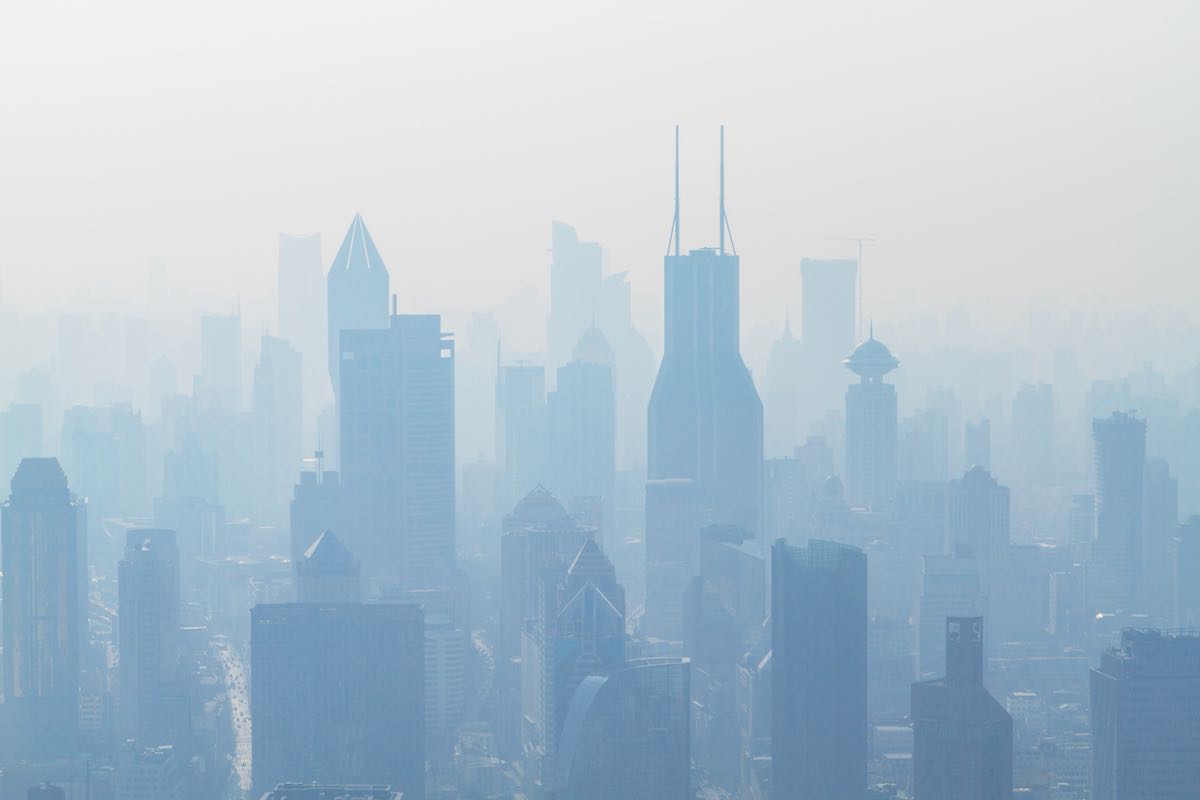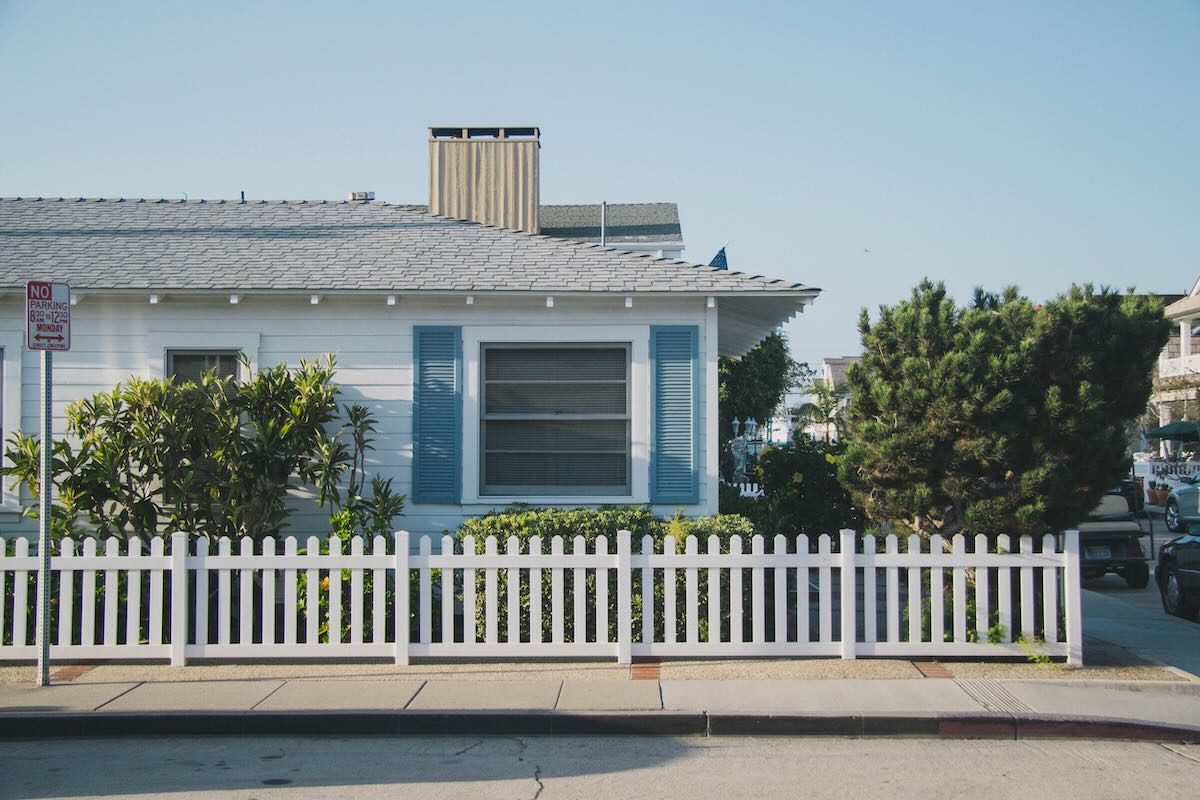What have you been reading?
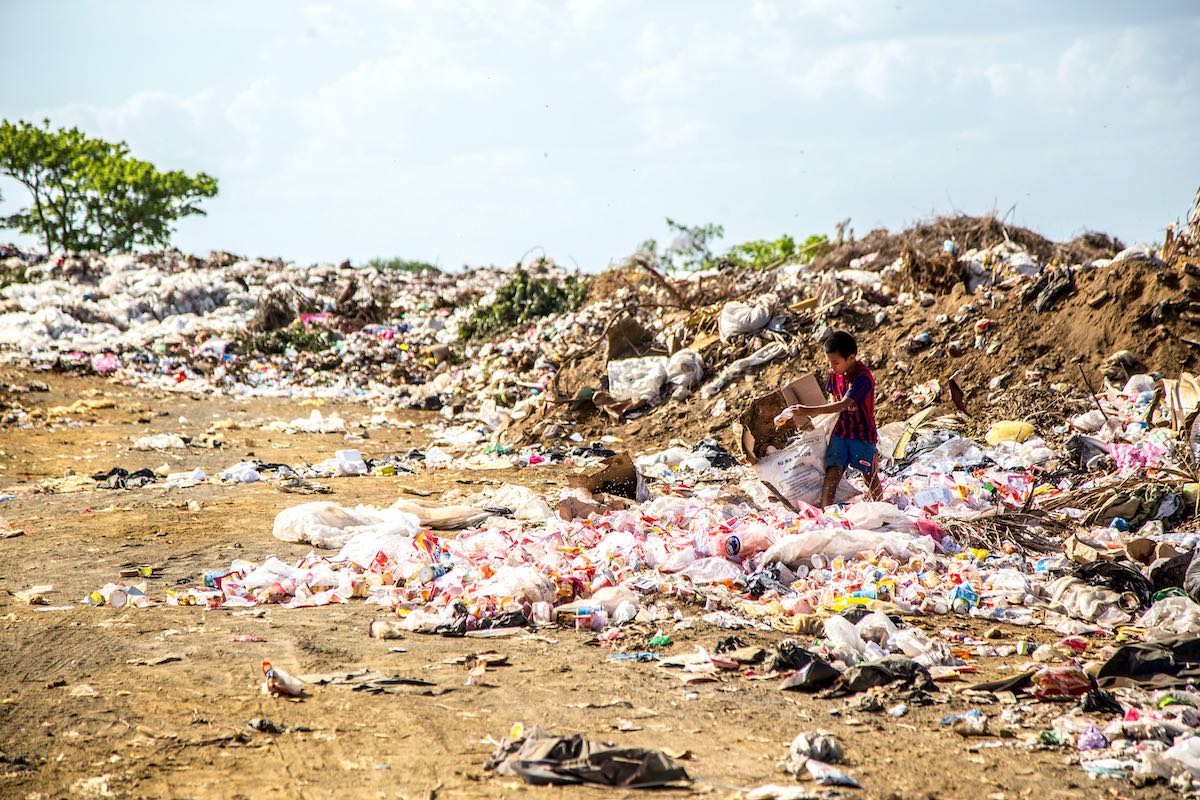
The time is past when humankind thought it could selfishly draw on exhaustible resources. We know now the world is not an exhaustible commodity.
François Hollande, ex-president of the French Republic on Climate Change
Maxine Bédat, Fast Company – June 1, 2021
SEE THE HORRIFYING PLACE WHERE YOUR OLD CLOTHES GO TO DIE
Do you bring your clothes to a thrift shop and hope that the sweater that you wore two or three times finds a good home? This article puts paid to those illusions. Double a garment’s usage and reduce green house gas emissions from clothing production by 44%. Buy better, buy less, and manage your wardrobe. Be a little less fashion conscious. Re-use and re-purpose, repair, and re-cycle. Excerpts:
In a sad way, the final leg of our clothing’s journey makes complete sense. First, labor and production were sent overseas to countries where the absence of regulations made everything cheaper, and kept the realities of making our clothes invisible—and dirtier. Now the same thing is happening with our castoffs, so that countries without reliable infrastructure drown in our garbage.
It makes absolutely zero sense to put so many resources into producing a garment, sending it halfway around the world to be sold, wearing it only a few times, and then sending it halfway around the world again for it to just end up spewing all of those resources up in the atmosphere and into people’s lungs, soil, and waterways.
Patricia Mazzei, The New York Times – June 2, 2021
A 20-FOOT SEA WALL? MIAMI FACES THE HARD CHOICES OF CLIMATE CHANGE
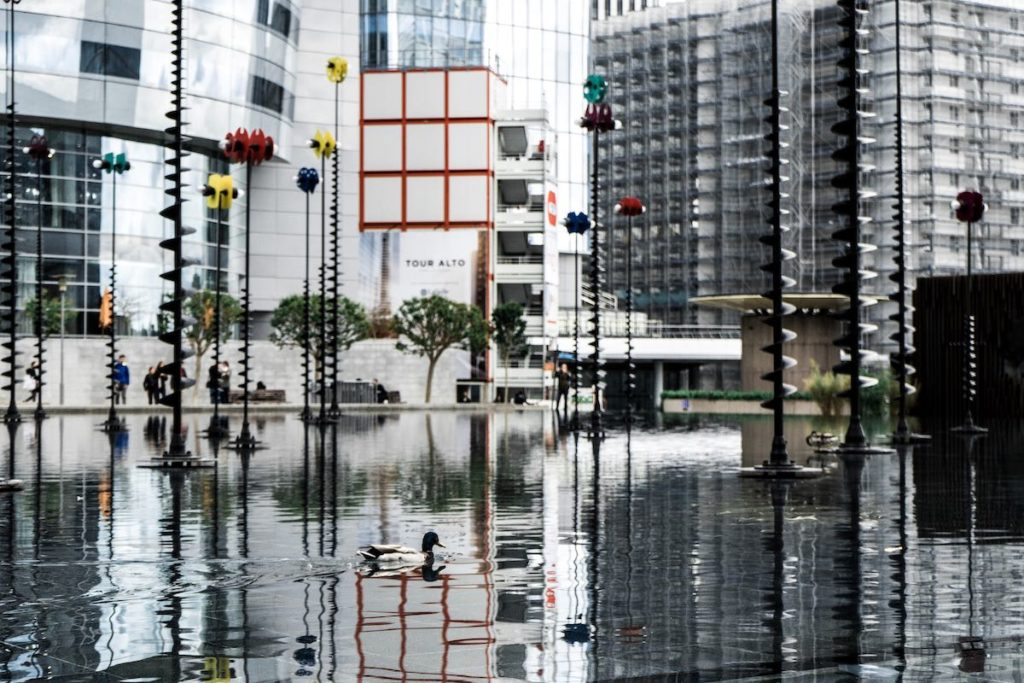
A proposal to construct barriers for storm surge protection has forced South Floridians to reckon with the many environmental challenges they face.
Last week I suggested an article about subsidence and Corcoran, California. Add South Florida to the list of areas that have grown beyond their ability to support life. Excerpt:
South Florida, flat and low-lying, sits on porous limestone, which allows the ocean to swell up through the ground. Even when there is no storm, rising seas contribute to more significant tidal flooding, where streets fill with water even on sunny days. The expanding saltwater threatens to spoil the underground aquifer that supplies the region’s drinking water, and to crack old sewer pipes and aging septic tanks. It leaves less space for the earth to absorb liquid, so floodwaters linger longer, their runoff polluting the bay and killing fish.
And that is just sea-level rise. Temperatures have gotten so sweltering over recent summers that Miami-Dade County has named a new interim “chief heat officer.”
Chiara Rimella, The Monocle Minute – June 3, 2021
POWER PLANTS
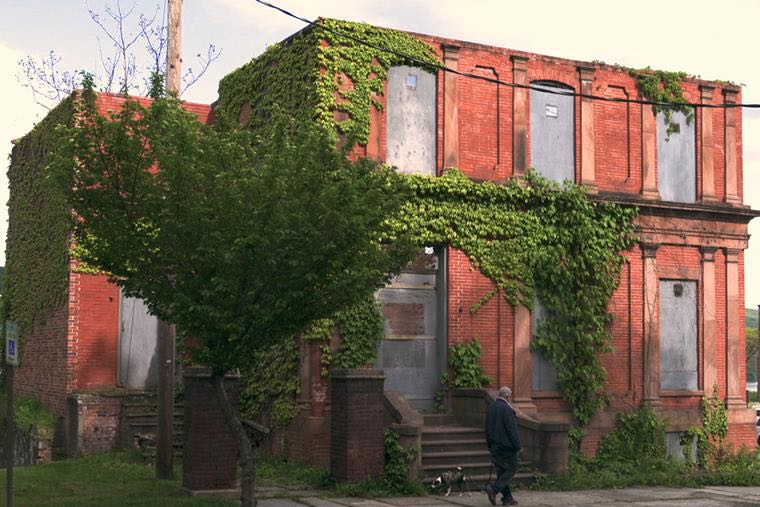
Supplementing my argument for Third Places:
In Newburgh, upstate New York, a project conceived by the late Austrian-born artist Martin Roth is being realised posthumously, transforming an abandoned building into a plant-filled musical installation. The City Club, a former gentlemen’s club and law library built in the 1850s, had long been a ruin and was overgrown with plants and weeds when Roth first came across it. His idea for an artwork involved not only building pathways through the greenery but connecting the plants to audio devices so that the noise they make could be amplified into an orchestral, ambient soundtrack for the space.
Roth’s work had previously explored the power of living organisms and this latest project, “A Home With A Garden” (pictured), feels particularly poignant today. We’re used to thinking that a building overrun by weeds needs fixing and yet we hanker for more greenery in our cities. The realisation of Roth’s project, which is expected to open to the public in June, invites us to reframe how and when we consider nature to be a positive or a negative.
In a similar vein, artist Es Devlin’s centrepiece for London’s Design Biennale, titled “Forest for Change”, also opens this week. The trees transported into the middle of the prim neoclassical courtyard of Somerset House goes deliberately against the rules of the building; she was explicitly told that planting trees would be forbidden there. We talk a lot about the need to rewild our cities but how wild are we really willing to go? Greenery can do more than benefit our public spaces – done right it can become an art.
The Economist – June 2, 2021
A CHANCE FOR RENEWAL

Getting rid of Binyamin Netanyahu would help Israel clean up its politics
The Middle East remains the world’s tinder box. What goes on in Israel’s internal politics is important. While I will never pretend that I understand the insanity of its multi-party system, I do draw one conclusion . There are reasons for term limits. A more elegant person may have withdrawn for the good of political party and country. Excerpts illustrating the good and the bad of Netanyahu’s reign:
“King Bibi” has overseen a flourishing high-tech economy and one of the world’s best covid-19 vaccination campaigns. He has made peace with several Arab states and kept Israel safe, notwithstanding a recent war in Gaza. Many of his policies are now generally accepted, even by the politicians pushing him out.
Yet he also sowed division, mixing nationalism, chauvinism and resentment of elites in order to win elections. He clung to power even after being charged with corruption. And when threatened he has lashed out at anyone in his way. The press, the judiciary, the police—all were part of a “witch hunt” aimed at bringing him down, he said.


